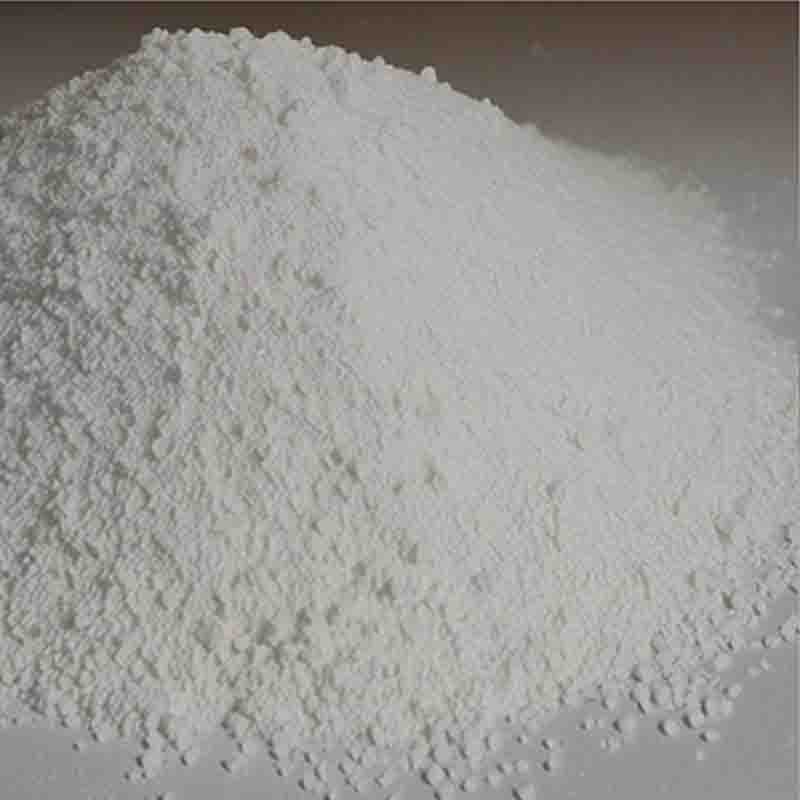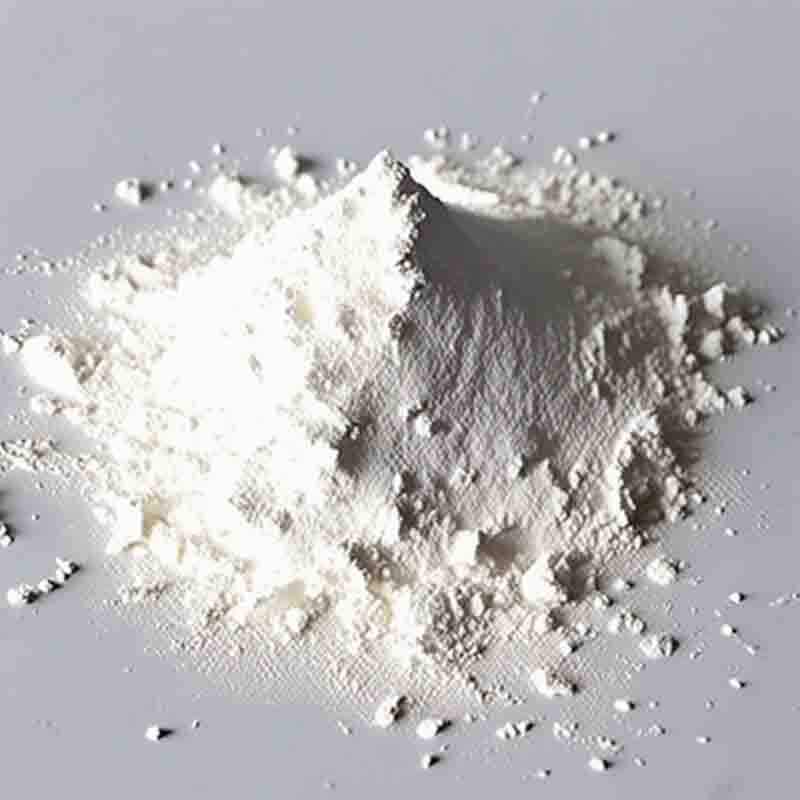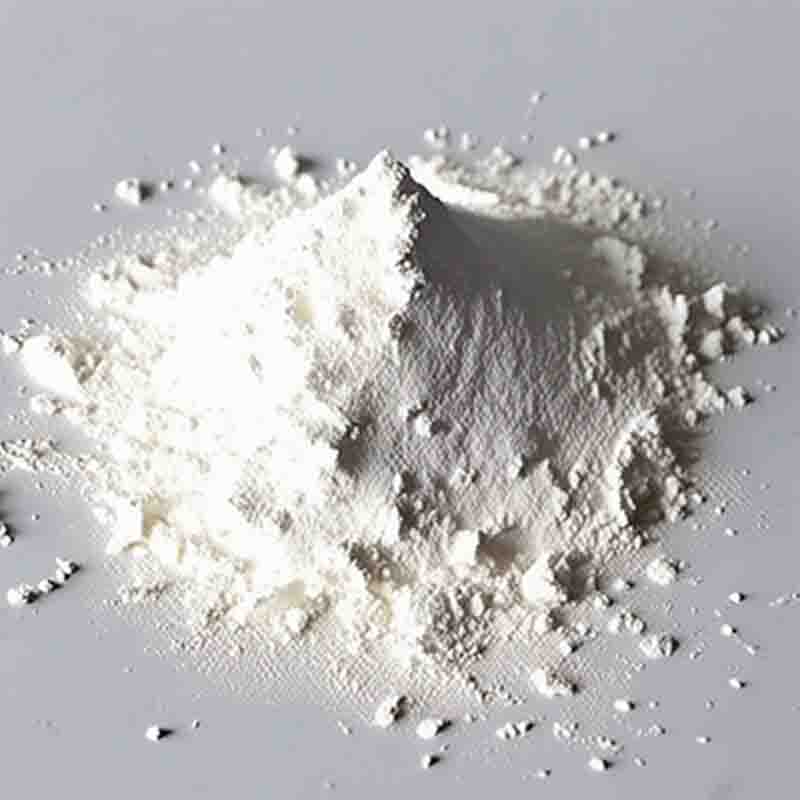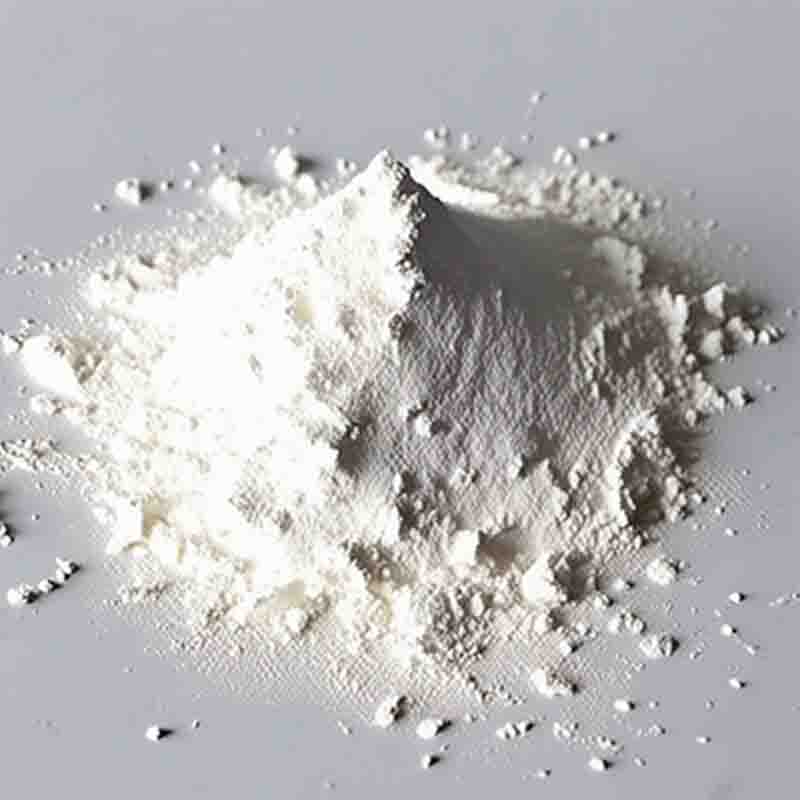Bromoacetonitrile CAS:590-17-0
| Catalog Number | XD96285 |
| Product Name | Bromoacetonitrile |
| CAS | 590-17-0 |
| Molecular Formula | C2H2BrN |
| Molecular Weight | 119.95 |
| Storage Details | Ambient |
Product Specification
| Appearance | White powder |
| Assay | 99% min |
Bromoacetonitrile is a chemical compound that is commonly used as a reagent in organic synthesis. It is a colorless liquid that has a pungent odor and is highly reactive. The compound is primarily used in the synthesis of pharmaceuticals, agrochemicals, and other organic compounds.
One of the primary effects of bromoacetonitrile is its ability to act as a halogenating agent. This means that it can add a halogen atom to an organic compound, which can change its properties and reactivity. For example, bromoacetonitrile can be used to add a bromine atom to an aromatic ring, which can increase the electron density of the ring and make it more reactive towards other reagents.
Another effect of bromoacetonitrile is its ability to act as a nucleophile in organic reactions. This means that it can donate a pair of electrons to another molecule, which can lead to the formation of a new bond. For example, bromoacetonitrile can react with an alkyl halide to form a new carbon-carbon bond, which can be useful in the synthesis of complex organic molecules.
Bromoacetonitrile also has a number of toxic effects that must be carefully managed in order to ensure safe handling and use. The compound is highly corrosive and can cause severe burns if it comes into contact with the skin or eyes. It is also a potent irritant to the respiratory system and can cause lung damage if inhaled. As a result, appropriate safety measures must be taken when working with bromoacetonitrile, including the use of protective clothing, gloves, and respiratory protection.
In summary, bromoacetonitrile is a highly reactive and versatile chemical compound that is widely used in organic synthesis. Its ability to act as a halogenating agent and nucleophile make it an important reagent in the synthesis of pharmaceuticals, agrochemicals, and other organic compounds. However, its toxic effects must be carefully managed in order to ensure safe handling and use.









